Amending soil with biochar
klem1
last year
Featured Answer
Comments (6)
Embothrium
last yearlast modified: last yearklem1
last yearRelated Discussions
To amend or not to amend? Clay soil...
Comments (22)"It seems that it is highly recommended to plant peach trees in raised beds from the experience on this board. Does anyone have a good link or more detailed directions as far as how to do that? What type of soil do I need? How deep do I dig the hole? How high should the bed be?" For my peach trees I use mounds and terraces. It doesn't seem to make a difference how tall the mound is. Some of my mounds are 1' tall, others started out 4' tall (before settling). The peach trees do about the same either way. Some people enclose their raised beds with a raised border of some kind. I think that's fine too. I don't think it makes much difference what soil you use for the raised beds/mounds. Several years ago, I installed drain tiles in the orchard area (The drainage was horrid and I was tired of losing peach trees.) In places we had to excavate to a depth of 4' to install the tile. What we dug out was pure clay. I used this material for some of the mounds. The peach trees have done fine in the clay mounds. Per the above posts, I would only use mounds if the drainage is poor. But since you mention puddling, I strongly suspect you could benefit from raised beds/mounds. Mounds not only provide good drainage, they also loosen the dirt so there is minimal resistance for the roots to spread. Mulching on top keeps the soil moist longer into the growing season, further encouraging root growth. It's hard for peaches not to succeed when they have moist (but not overly wet) loose soil with no weed competition and plenty of sunshine. Here's a picture that's a couple years old. You can see some tall and shorter mounds. Some of the older trees aren't in mounds. The drainage tile helped them. Here's a pic of some terraces I built last fall for planting peaches this spring. By the way, I don't bother with mounds for more water tolerant trees like apple, pear and plum, unless the drainage is really bad....See Moresoil amendment question [bad clay soils]
Comments (8)Whatever your "landscaper" used for "topsoil" was probably about 95 percent mineral (the sand, silt, clay part of soil) and 5 percent organic matter and what your soil really needed was organic matter. Whether cottonseed meal, or any other meal, would help would depend on the Soil Food Web and how active they were. Things like cottonseed meal need to be digested before the nutrients in them are available to plants and if the soil has little organic matter the SFW is not there to do that. First you need to look closely at that soil to determine what it needs and that requires a good reliable soil test for soil pH and major nutrient levels and balance. Then these simple soil tests may also be of some help. 1) Soil test for organic material. From that soil sample put enough of the rest to make a 4 inch level in a clear 1 quart jar, with a tight fitting lid. Fill that jar with water and replace the lid, tightly. Shake the jar vigorously and then let it stand for 24 hours. Your soil will settle out according to soil particle size and weight. For example, a good loam will have about 1-3/4 inch (about 45%) of sand on the bottom. about 1 inch (about 25%) of silt next, about 1 inch (25%) of clay above that, and about 1/4 inch (about 5%) of organic matter on the top. 2) Drainage. Dig a hole 1 foot square and 1 foot deep and fill that with water. After that water drains away refill the hole with more water and time how long it takes that to drain away. Anything less than 2 hours and your soil drains’ too quickly and needs more organic matter to slow that drainage down. Anything over 6 hours and the soil drains too slowly and needs lots of organic matter to speed it up. 3) Tilth. Take a handful of your slightly damp soil and squeeze it tightly. When the pressure is released the soil should hold together in that clump, but when poked with a finger that clump should fall apart. 4) Smell. What does your soil smell like? A pleasant, rich earthy odor? Putrid, offensive, repugnant odor? The more organic matter in your soil the more active the soil bacteria will be and the nicer your soil will smell, to a point. Too much organic matter can be bad as well. 5) Life. How many earthworms per shovel full were there? 5 or more indicates a pretty healthy soil. Fewer than 5, according to the Natural Resources Conservation Service, indicates a soil that is not healthy. kimmq is kimmsr...See MorePet bedding in soil killed my plants. Need help amending soil
Comments (7)Thanks for the replies and advice:) To Embothrium: In hindsight, the bedding used to soak up the pet urine most likely soaked up the water in the soil, wicking away water from the tree roots. That's my hunch since the trees deteriorated in the same manner as when irrigation is turned off in this desert climate that I live in. And you're right, if it ain't broke... but because the soil in that part of the garden usually runs really dry, I somehow thought the bedding would help retain more moisture. Duh, what was I thinking?!?!?! To rifis: In the desert where I live, it takes forever for anything to decompose if I don't water it. Hmmm, I wonder what mobster treasures have been found in the desert out here? :) Anyhow I agree with you. Manually removing 30 cubic feet of bedding with or without the soil will be a lot of work but it might be the most effective option (if the seeds don't grow per toxcrusadr's advice). It took me 30 minutes today to sift a gallon's worth of soil with minimal results. No can do but seeing the rate of (non)decomposition of the bedding and the time-consuming task of sifting, I might have to remove the soil and start over as Embothrium suggested. To toxcrusadr: I live in Henderson, Nevada, an extremely dry desert climate. The bedding contained duckling urine and feces, so I'm guessing it was high in nitrogen. The leaves turned yellow and brown and new growth stopped altogether by next season even after I hand-watered throughout the spring and summer months. I dug through the soil today- dry but bedding is still intact and moist (irrigation has been turned off for a year and last precipitation was 2 weeks ago). I will take your advice and do a test run of the soil with some seeds and will post the results. That's great advice, btw!...See MoreHeavy Clay Soil Amendment - Garden Soil?
Comments (16)I guess if you purport to speak with more authority on the subject than those who spend all their time researching and studying these issues, Embothrium, then feel free to call that false. OTOH, I tend to give more weight to opinions of actual horticultural scientists : "Let's say you have incorporated the recommended 25-50% organic matter to your backfill. (Remember that an ideal soil contains 5% organic matter by volume.) The initial results are positive; roots grow vigorously in this ideal environment as long as irrigation is provided. But what happens when these roots encounter the interface between the planting hole and the native soil? Native soil contains fewer available nutrients, is more finely textured and is less aerated. Roots react much in the same way as they do in containers: they circle the edge of the interface and grow back into that more hospitable environment of the planting hole. The roots do not establish in the native soil, eventually resulting in reduced growth rates and hazard status as crown growth exceeds root ball diameter" The Myth of Soil Amendments, Linda Chalker-Scott, PhD...See MoreEmbothrium
last yearlast modified: last yearklem1
last year
Related Stories
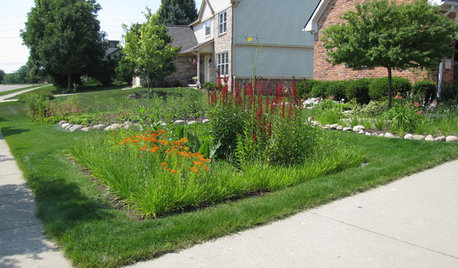
LANDSCAPE DESIGNHow to Shape a Rain Garden and Create the Right Soil for It
Learn how to grade, lay out and amend the soil in your rain garden to support your plants
Full Story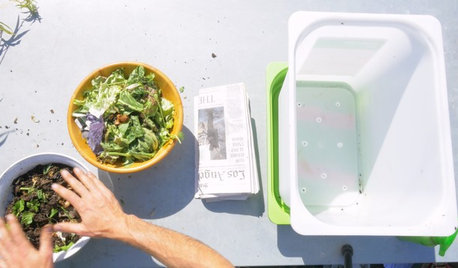
GARDENING GUIDESHouzz TV: Make a Worm Bin for Rich Soil and Happy Plants
A worm-powered compost bin that can fit under a sink turns food scraps into a powerful amendment for your garden. Here’s how to make one
Full Story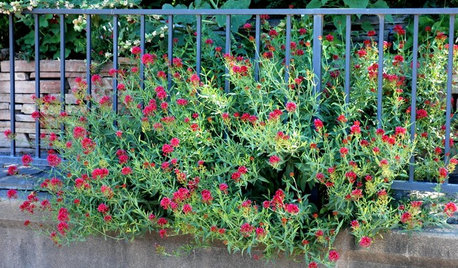
GARDENING GUIDESGrow a Beautiful Garden in Alkaline Soil
Got alkaline soil? Learn how to manage it and the many beautiful plants that will thrive in this ‘sweet’ soil
Full Story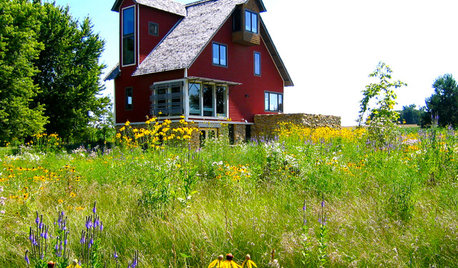
GARDENING GUIDESGardening Solutions for Heavy Clay Soils
What’s a gardener to do with soil that’s easily compacted and has poor drainage? Find out here
Full Story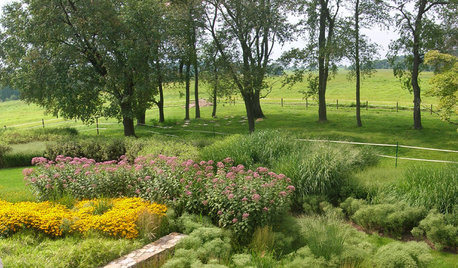
GARDENING GUIDESHow to Stop Worrying and Start Loving Clay Soil
Clay has many more benefits than you might imagine
Full Story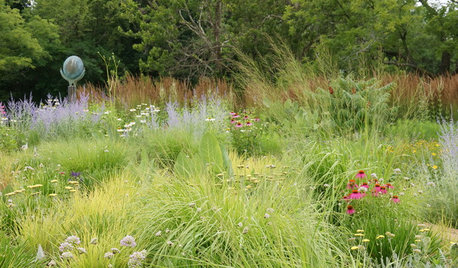
GARDENING GUIDESGet the Dirt on Your Garden’s Soil
Understand how your soil supports your plants so you can ensure your garden’s success
Full Story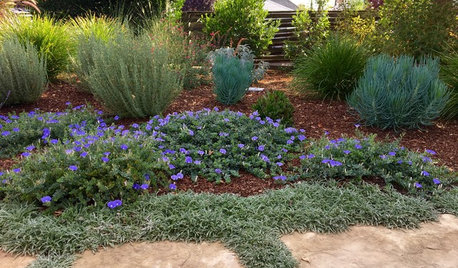
GARDENING GUIDESWhat to Do This Fall to Build Healthy Garden Soil
Take advantage of the cool season to improve soil texture and replenish nutrients
Full Story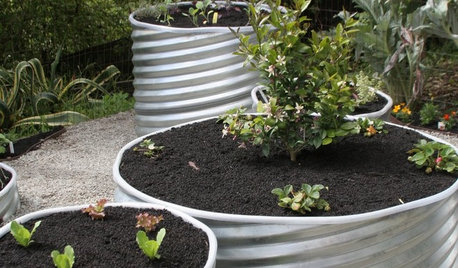
CONTAINER GARDENSContainer Gardening Basics: The Dirt on Soil
Learn the types of potting soil available and the best mixes to help your containers thrive
Full Story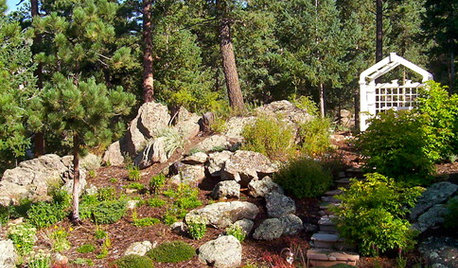
GARDENING GUIDESHave Acidic Soil in Your Yard? Learn to Love Gardening Anyway
Look to acid-loving plants, like conifers and rhododendrons, to help your low-pH garden thrive
Full Story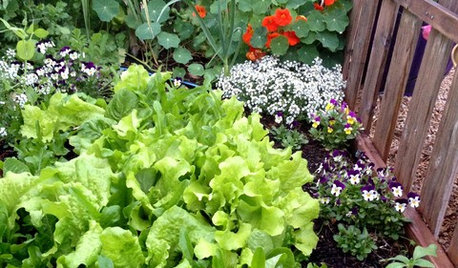
GARDENING GUIDESThe Poop Scoop: Enrich Your Soil With Good Old Manure
Get over the ick factor already — this natural super-ingredient for soil has so many benefits, you'll wonder why you ever went chemical
Full Story


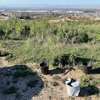
armoured